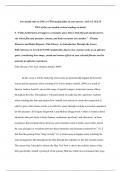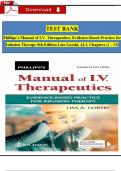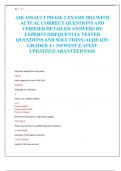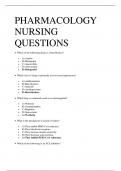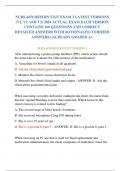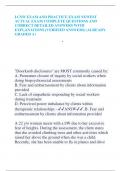Essay
With reference to Fish Tank, discuss how cinema works as an affective space, considering how image, sound and various effects in your selected film are used to generate an affective experience.
- Vak
- Instelling
In this essay, I will be analysing what seems to automatically happen between the screen and the spectator when watching Fish Tank (Andrea Arnold, 2009) as a result of director Andrea Arnold’s successful usage of specific images, sound and various effects throughout the film. Throughout, I will p...
[Meer zien]
